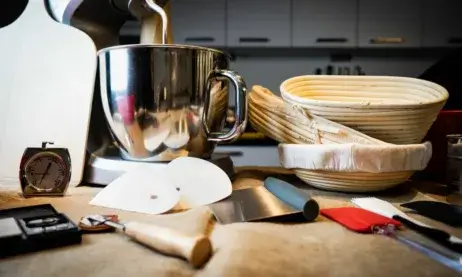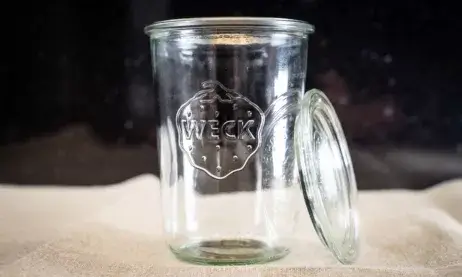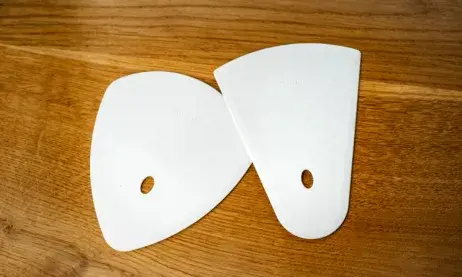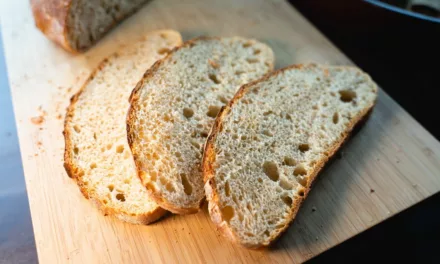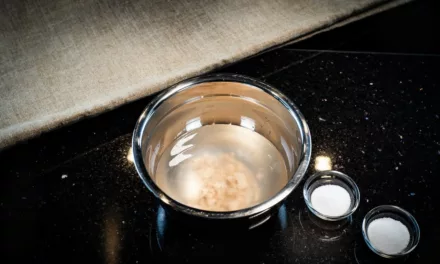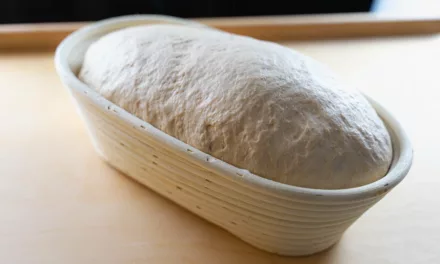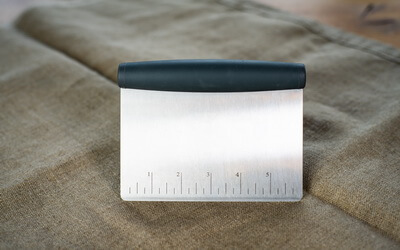Today, we’re going to delve into the world of silicone spatulas, an unsung hero in our baking arsenal.
Ever found yourself struggling to scrape out that last bit of delicious cake batter from your mixing bowl? Or perhaps you’ve been frustrated by a spatula that just can’t withstand the heat of your sizzling frying pan? Enter the silicone spatula, your new best friend in the kitchen.
With years of baking experience under my belt, I’ve come to appreciate the versatility and durability of silicone spatulas. They’ve been a game-changer in my baking journey, and I’m excited to share my insights with you.
So, buckle up and get ready to discover why a silicone spatula is a must-have in every baker’s toolkit!
Table of Contents
- Silicone Spatula Basics
- Why Use a Silicone Spatula in Baking?
- Choosing the Right Silicone Spatula
- Caring for Your Silicone Spatula
- Where to Buy a Silicone Spatula
- Conclusion
- Frequently Asked Questions (FAQ)
Silicone Spatula Basics
Silicone spatulas are incredibly versatile tools. They’re perfect for mixing, folding, spreading, and scraping. Unlike their rubber or plastic counterparts, silicone spatulas can withstand high temperatures without melting or warping. This makes them ideal for tasks like stirring hot sauces or scraping down the sides of a hot pan.
But the benefits don’t stop there. Silicone spatulas are also non-stick and flexible, making them perfect for getting every last bit of batter or dough out of your mixing bowls. Plus, they’re easy to clean and don’t absorb odors or flavors.
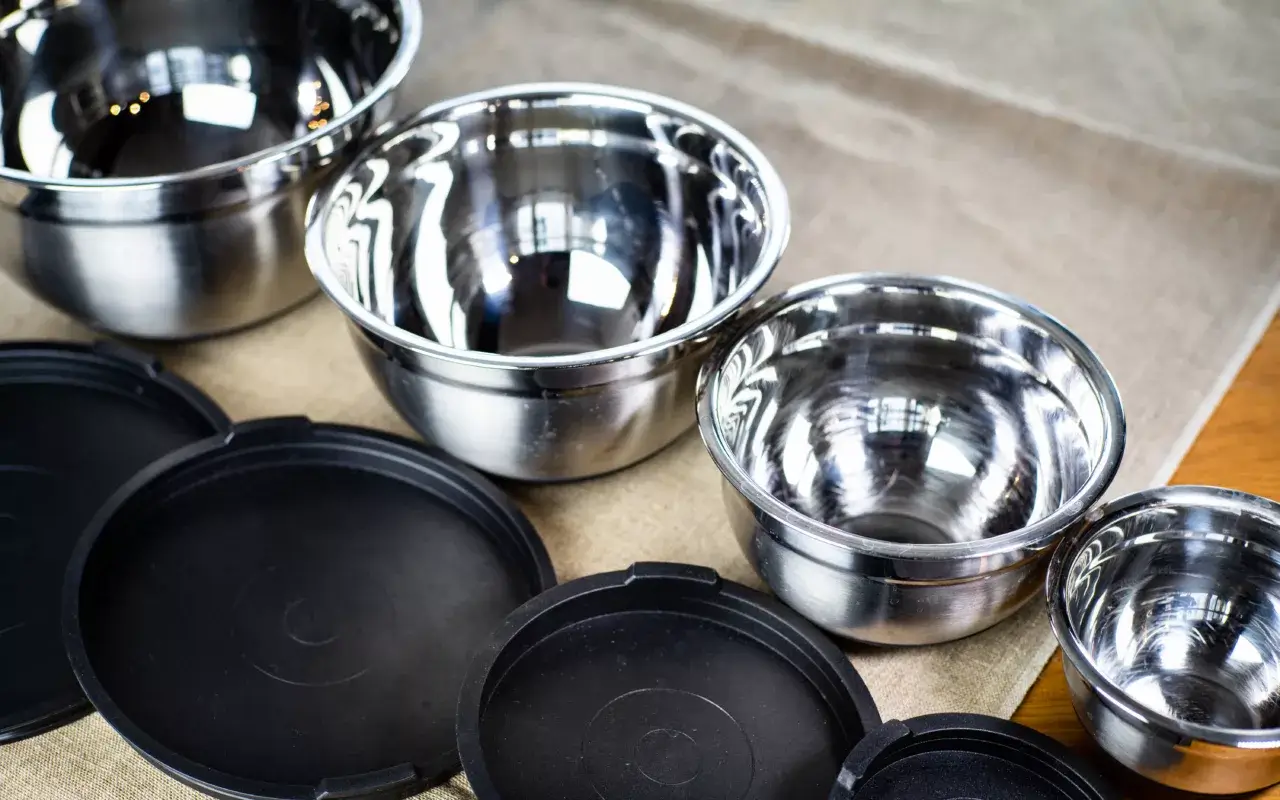
Why Use a Silicone Spatula in Baking?
When it comes to baking, precision is key. And that’s where a silicone spatula really shines. Its flexible edge allows you to scrape out every last bit of your mixture, ensuring nothing goes to waste. This is particularly useful when working with sticky doughs or thick batters.
Moreover, silicone spatulas are gentle on your bakeware. Unlike metal utensils, they won’t scratch or damage your non-stick surfaces. This makes them a great companion for your sourdough starter jars or when you’re trying to get that perfect loaf of sourdough bread.
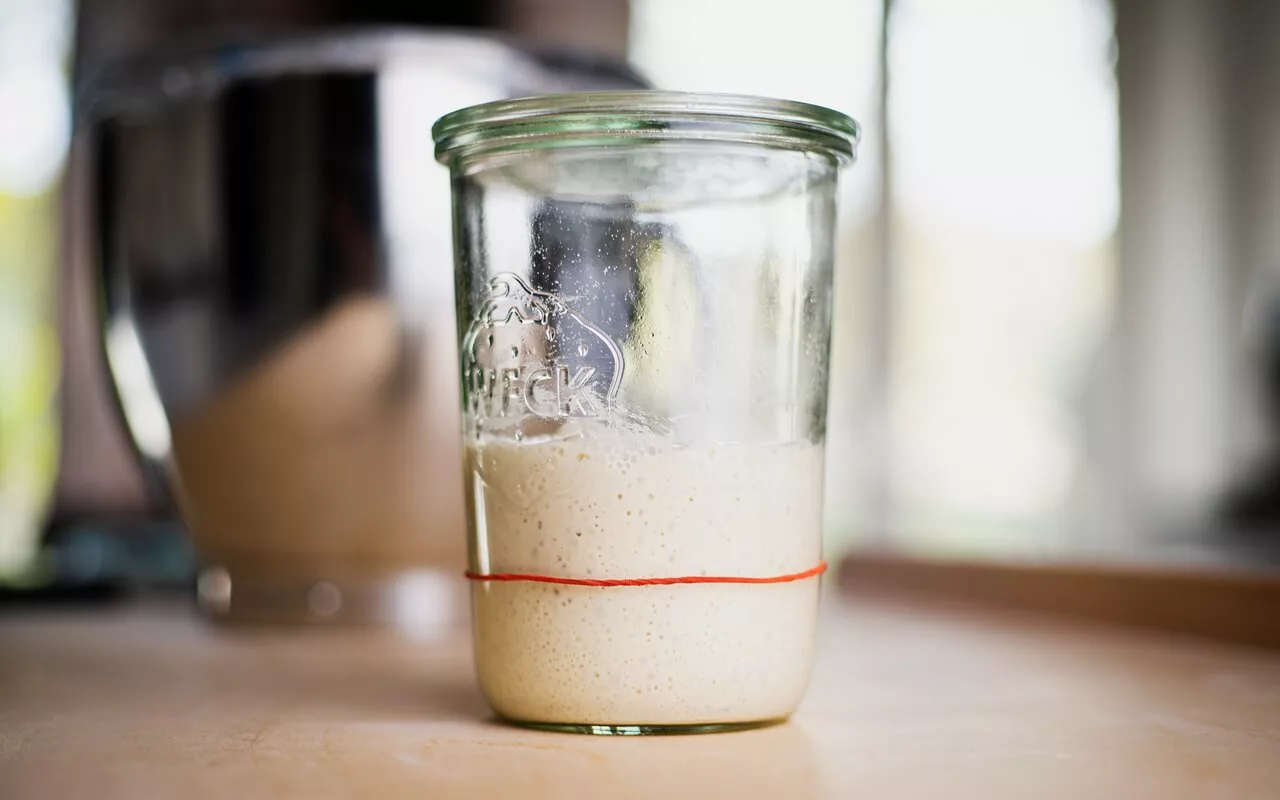
Choosing the Right Silicone Spatula
Not all silicone spatulas are created equal. When choosing a silicone spatula, consider the following factors:
- Size: Silicone spatulas come in various sizes. Choose a size that fits comfortably in your hand and is suitable for the tasks you’ll be using it for. A larger spatula is great for folding doughs, while a smaller one is perfect for detailed work like icing cupcakes.
- Heat Resistance: Check the heat resistance of the spatula. Most silicone spatulas can withstand high temperatures, but it’s always good to double-check. This is especially important if you plan to use the spatula for cooking on the stove as well as baking.
- Handle: Look for a spatula with a sturdy handle. It should be comfortable to hold and not prone to slipping. Some spatulas have handles made of other materials like wood or stainless steel, which can provide a better grip.
- Flexibility: The spatula should be flexible enough to scrape the sides of bowls and pans, but not so flexible that it can’t handle heavier doughs or mixtures.
Caring for Your Silicone Spatula
Taking good care of your silicone spatula will ensure it lasts for years. Here are some tips:
- Cleaning: Silicone spatulas are easy to clean. Most are dishwasher safe, but you can also wash them by hand with warm soapy water.
- Storage: Store your spatula in a dry place. Avoid bending the spatula or placing heavy objects on it, as this could cause it to lose its shape.
- Inspection: Regularly inspect your spatula for signs of wear and tear. If you notice any cuts or nicks, it’s time to replace it. Damaged silicone can harbor bacteria and may not perform as well.
Where to Buy a Silicone Spatula
Ready to add a silicone spatula to your baking toolkit? You can find a wide range of options online:
No products found.
For a list of silicone spatulas available, check out this link.
Conclusion
In conclusion, a silicone spatula is a versatile, durable, and essential tool for any baker. Whether you’re a beginner just starting your bread-making journey, or a seasoned pro looking for a tool that can withstand the heat, a silicone spatula is a great investment.
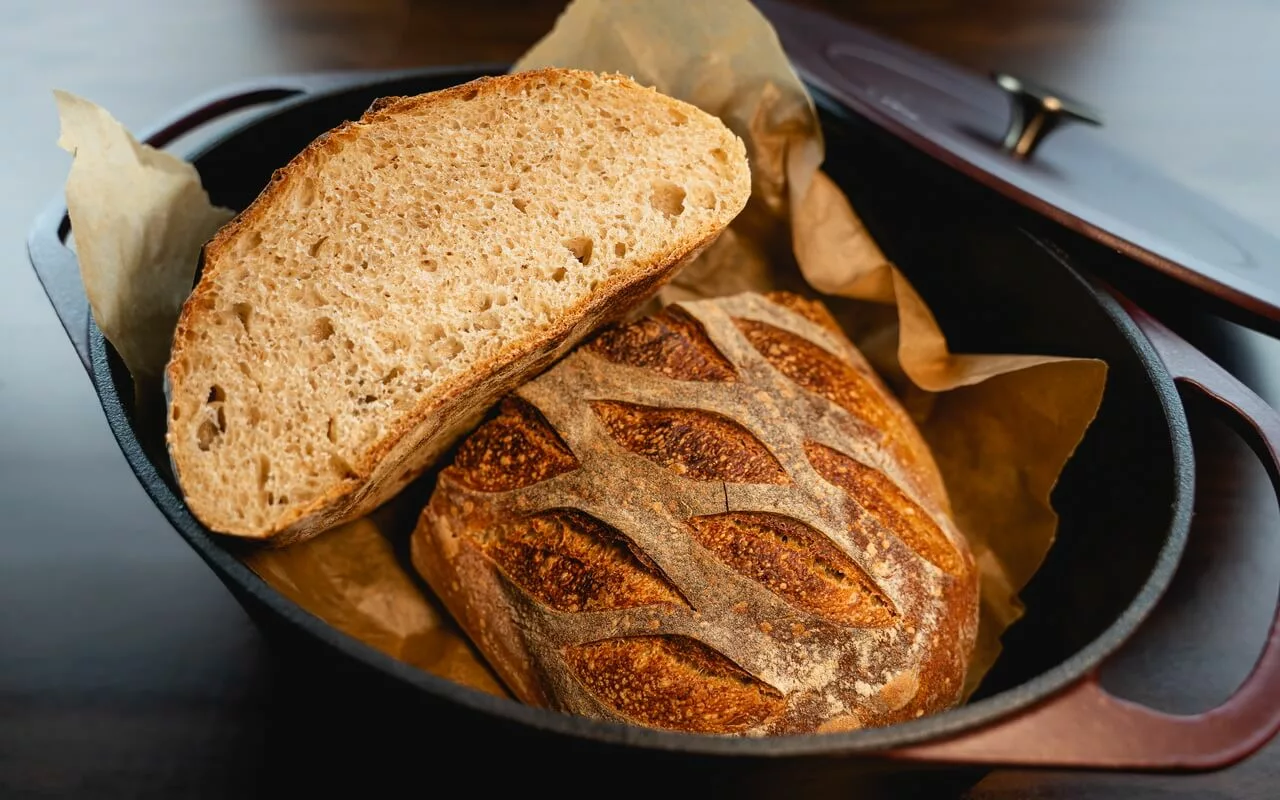
Frequently Asked Questions (FAQ)
Why use silicon spatula in baking?
Silicone spatulas are flexible, heat-resistant, and non-stick. They’re perfect for scraping, mixing, and folding, making them a versatile tool in baking.
Is silicone spatula safe for high heat?
Yes, silicone spatulas can withstand high temperatures, typically up to 500 degrees Fahrenheit. This makes them ideal for cooking and baking tasks that involve high heat.
Is silicone safe for baking in oven?
Yes, silicone is safe for baking in the oven. It can withstand high temperatures and doesn’t react with food or produce harmful fumes.
Does silicone release toxins when heated?
No, food-grade silicone does not release toxins when heated. It’s a safe material to use in cooking and baking.
What is the difference between a rubber spatula and a silicone spatula?
Rubber spatulas are less heat-resistant than silicone spatulas. Over time, they can warp or melt when exposed to high heat. Silicone spatulas, on the other hand, can withstand high temperatures without deforming.
What are the pros and cons of silicone bakeware?
Silicone bakeware is flexible, non-stick, and heat-resistant. However, it can be less sturdy than metal bakeware and may require a baking sheet underneath for stability.
Which spatula is best for cake?
A silicone spatula is a great choice for cake baking. Its flexibility allows you to easily spread batter and icing, and its non-stick nature makes clean-up a breeze.
How often should you replace silicone spatula?
With proper care, a silicone spatula can last for several years. However, if it becomes torn or starts to lose its flexibility, it’s time to replace it.
So, are you ready to take your baking to the next level with a silicone spatula? Trust me, once you’ve tried it, you’ll wonder how you ever baked without it! Happy baking, everyone!

